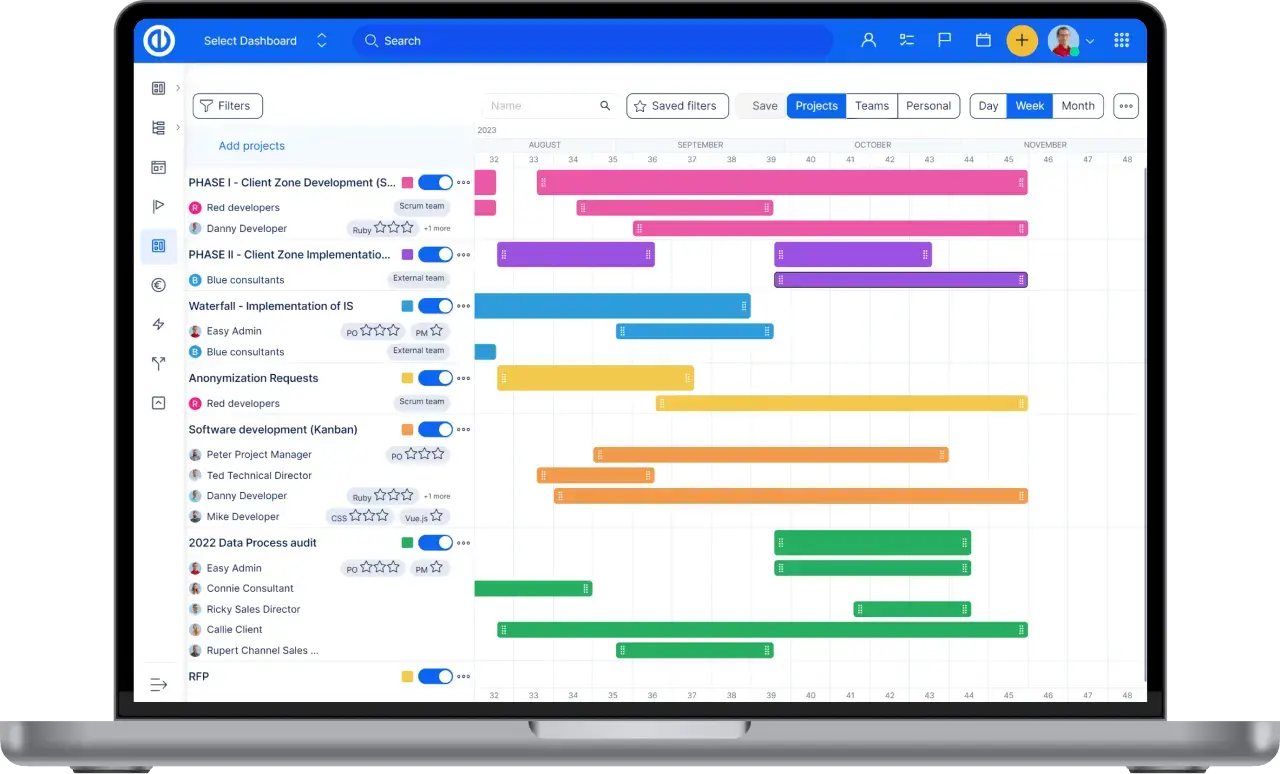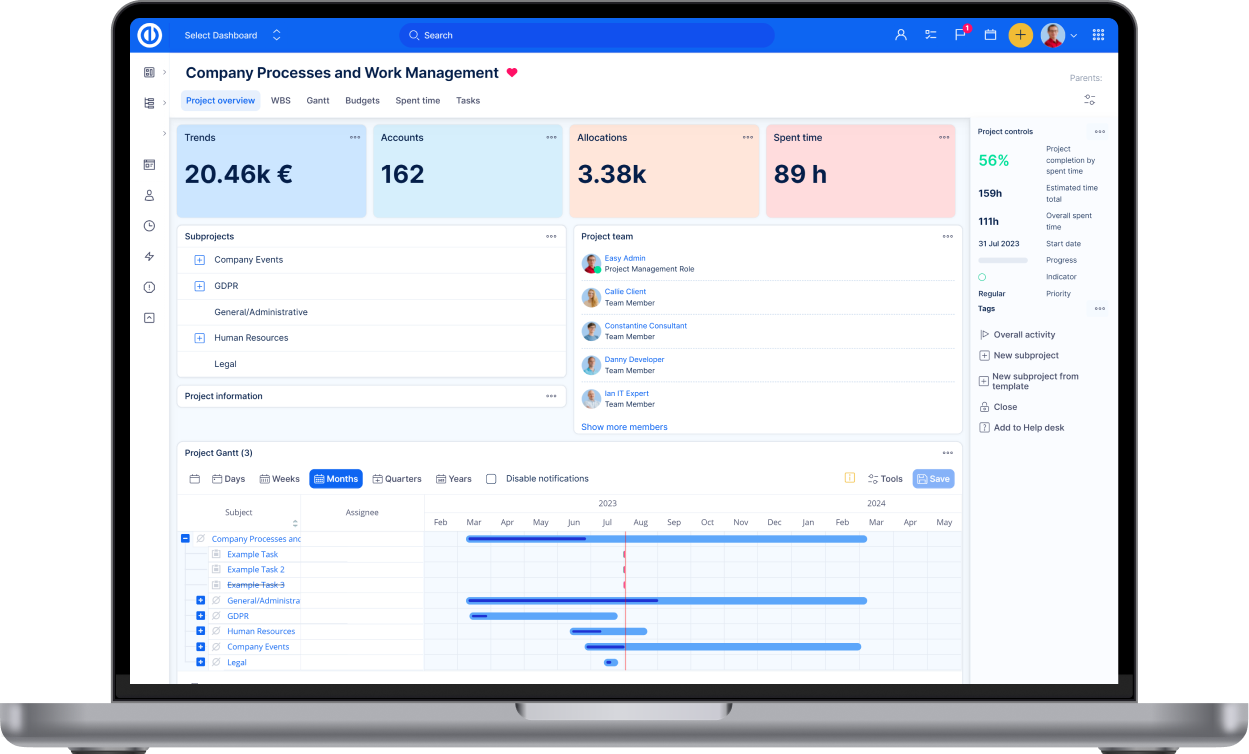Working Smart: How to Find the Right Balance Between Short-Term Demands and Long-Term Projects
Distinguishing between short-term and long-term goals and needs is one of the longest-standing challenges among individuals and organizations. Every day presents pressures from all directions that rock you back and forth, almost like a sailboat in choppy waters.

Say, you run your own business and clients are coming at you, but you also want to explore untapped opportunities. Or perhaps your company wants to reduce operating costs in response to Covid-19 without shelving projects that can potentially drive long-term growth. How do you manage the tasks you have to do right now with the crucial goals you need to achieve in the future?
Well, most sailboats come with a backup diesel engine to keep them going during the doldrums. Similarly, you need to develop your methods for surviving the buffeting demands and keeping everything moving in the right direction.
Fortunately, effective approaches for achieving this balance exist. The steps below can be particularly beneficial for managing short-term wants and needs without losing sight of your long-term vision.
1. Tie the short-term to the long-term
By far, the most important questions to ask yourself when considering whether or not to fulfill a new short-term demand have to do with how it ties to your vision and strategy. Does the demand move you towards your envisioned future? Are there aspects of this demand that threaten your ability to achieve your vision? Can you leverage some of the elements of this short-term project in the future?
Giving these questions some thought will enable you to understand whether the short-term task is a “one-and-done” project or whether it could serve as a template to initialize a new project in the future. More often than not, the short-term demands that are worth taking up can be leveraged into something bigger in the future.
Of course, one-and-done tasks are not always bad. For instance, if the emergent demand is a technical risk that you cannot ignore, you need to be ready and willing to relocate your resources to accommodate it.
When you do so, however, you must approach the problem just as you would a continuous improvement project. You need to build a structured plan around it and understand and quantify its effects. A project management tool like Easy Project can provide valuable assistance in estimating and scheduling projects and in calculating the critical path.
2. Justify short-term demands with data
Once you have bounced your short-term demands against your long-term vision, start looking at the reality of the work in front of you. See that what you are considering makes sense according to both objective and subjective data.
At this stage, it is important to separate emerging emotional demands from the rational needs that apply to a broader audience. Studies show that far too many short-term demands focus on adhoc emotional responses. If you are an IT support working remotely, for instance, a client can contact you to complain about a system deficiency. This complaint can cause you to quickly jump to response mode without giving the problem’s impact on your long-term projects enough thought.
To work effectively, you need to collect enough data about the short-term work that is being thrown at you. This way, you can accurately position its importance and schedule it accordingly.
3. Track both short-term and long-term projects diligently
Short-term demands may be quick tasks, but because they pop up all the time, they can quickly end up occupying your entire backlog of work. It is crucial that you keep a close eye on your backlogs to ensure your short-term, medium-term, and long-term tasks are staying on track.
The right project management solution can help you to track these projects effectively and tag their requirements, so that you can build dashboards, Gantt, and reports around them. Having this visibility allows you to maintain the balance effectively. You can avoid sacrificing short-term demands in the name of a year-long future prospect, or jeopardizing that future by trying to fit in too many short-term tasks in your current schedule.
If you are part of a team, dashboards and reports can help you to keep members updated with accurate information. So, rather than spending time in Zoom calls discussing opinions, you can talk in terms of analytics like cost, returns, and future impacts.
The balance is within you
Whenever you find yourself struggling with competing short-term and long-term priorities, take a deep breath and refer to the steps above. Understand how the short-term demand can impact the bigger picture and use data to assess the work involved. If the right decision is to take up the demand, use an effective project management solution to track your progress and adjust your plan as new information comes along.
If you take this structured approach, you will not only be successful in establishing a balance between short- and long-term demands, but you will also be able to build a process that works for current and future projects. You can therefore switch from reacting and “fire-fighting” to making decisions that will not sway you from your vision.

All-in-one software for a modern project manager? Easy.
Get all powerful tools for perfect project planning, management, and control in one software.
